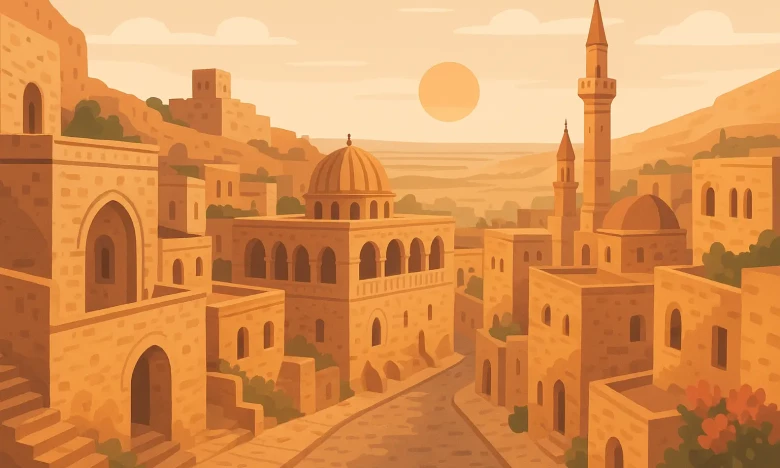Every step you take here touches upon a story thousands of years old. A madrasah on every corner, a shopkeeper smiling at you on every street, a thousand and one flavors on every table… In this article, we'll share the most beautiful places to visit, streets worth exploring, and must-see historical landmarks in this ancient city where stones dance in the sun.
Zinciriye Madrasa
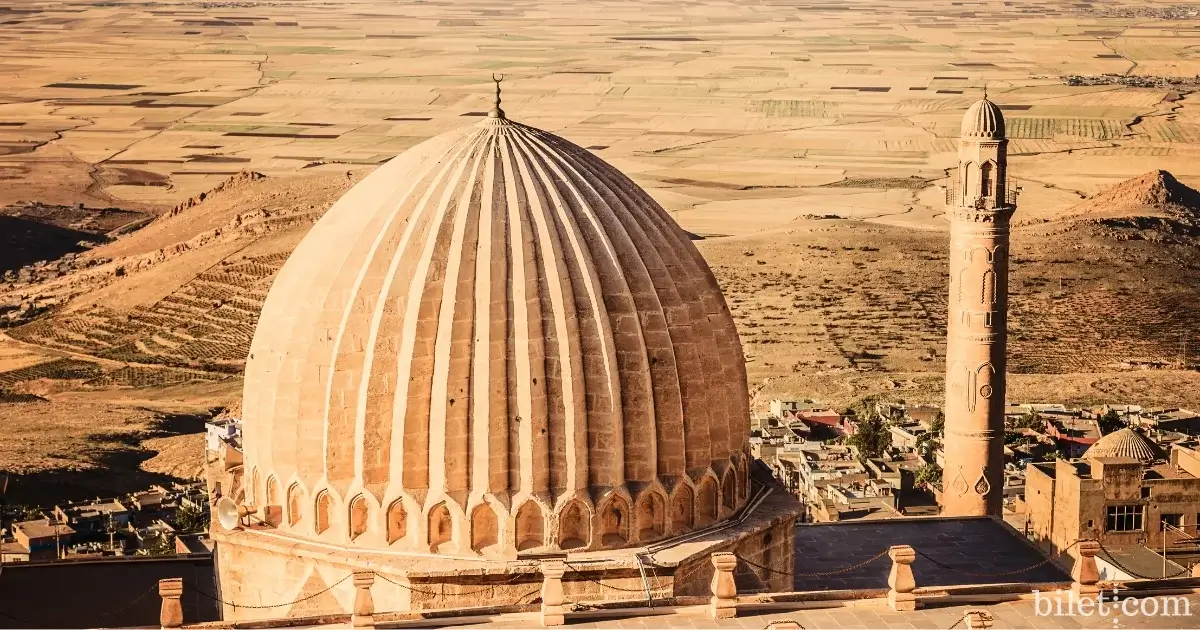
Located in the heart of Mardin, close to the castle, the Zinciriye Madrasa was commissioned in 1385 by the Artuqid ruler Melik Necmeddin İsa. This structure, with its dazzling stonework, captivates with its two-story courtyard, domes, and magnificent views overlooking the Mesopotamian Plain. The warm light that hits the madrasa's stone walls as the sun sets seems to reveal all traces of its past.
Zinciriye Madrasa isn't just a place of learning; it's also one of the most special places to experience the mystical spirit of Mardin. Stepping into its courtyard, the cool breeze wafting through the stones and the silence permeating the domes will bring a sense of the peace of the past. Visiting here, especially at sunset, is one of the most impressive experiences you can have in Mardin.
Mardin Grand Mosque
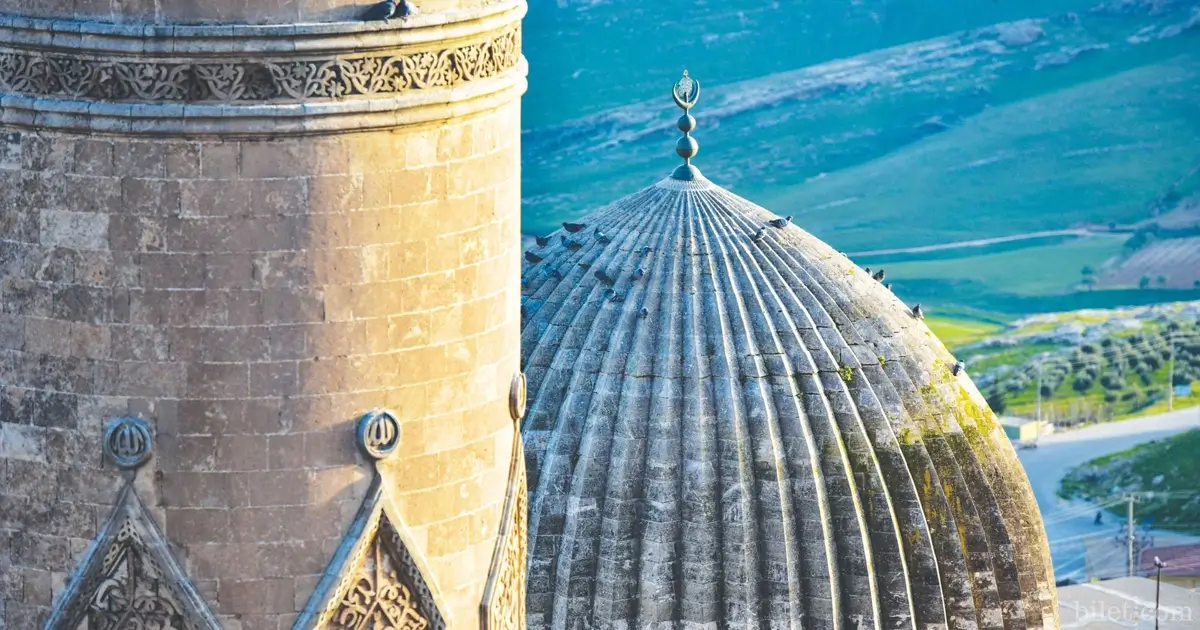
One of Mardin's symbols, the Grand Mosque was built in the 12th century during the Artuqid period. As one of the city's oldest structures, it possesses a captivating beauty both in terms of its architecture and its historical significance. With its single minaret, the mosque, an integral part of the Mardin skyline, stands out for its simple yet impressive stonework.
The mosque's most striking feature is the view of the Mesopotamian Plain from its minaret. As you step into its spacious courtyard, the silence that surrounds you brings traces of the past into the present. While exploring Mardin, seeing the Grand Mosque means experiencing not just a structure but also a sense of the faith and culture that has endured in these lands for centuries.
Old Mardin Streets
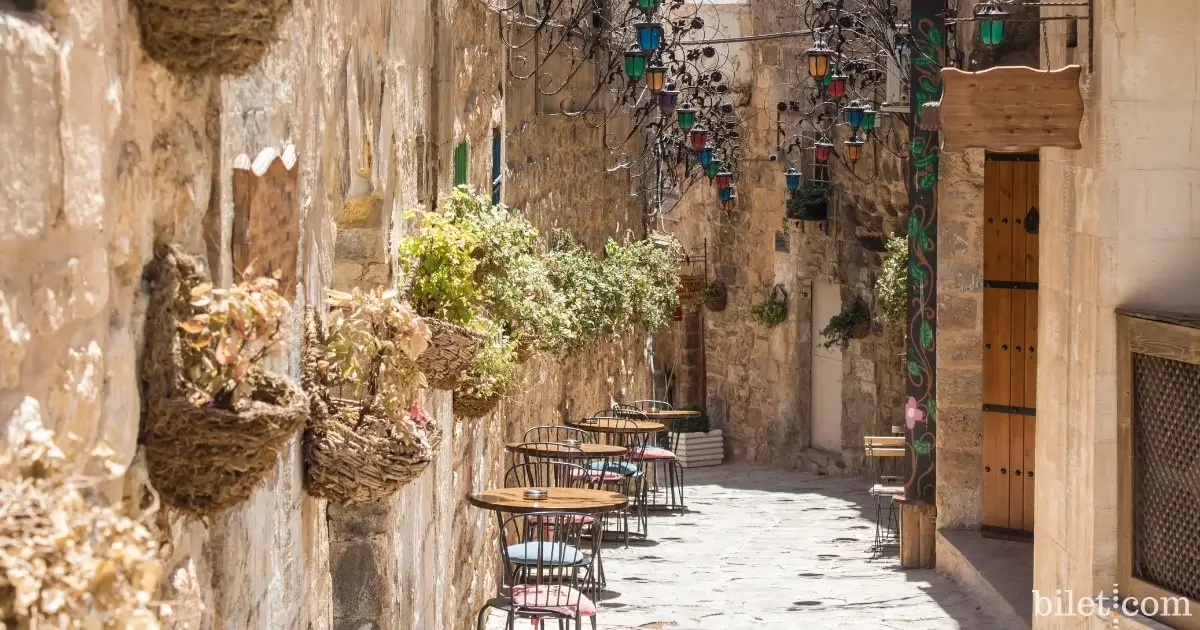
One of the things that truly captivates you when you visit Mardin is undoubtedly its narrow stone streets. Houses made of yellow limestone, stone stairs, courtyards, and those old doors that greet you at every corner… It's like traveling back in time. Walking here isn't just a city tour; it's a blend of the past and present.
The old streets of Mardin tell a different story with every step. Bougainvillea hanging from the balcony of a stone house, elderly people chatting on street corners, small coffeehouses—they all make you feel the spirit of the city. At different times of the day, especially in the early morning or late afternoon light, these streets take on a completely different magic, offering unique shots for photography enthusiasts.
Dara Ancient City
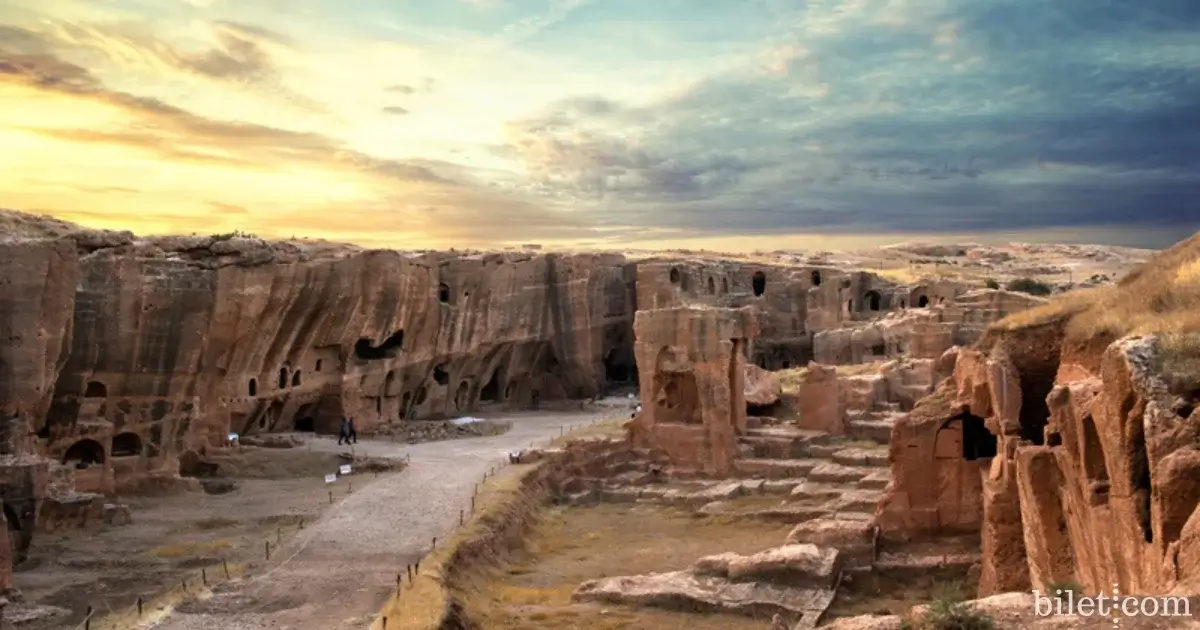
Located approximately 30 km outside Mardin, near Midyat, the ancient city of Dara was built in the 6th century BC as an important trade and defense center during the Assyrian and Byzantine periods. Its rock-cut underground cisterns, burial chambers, and walled area captivate history enthusiasts.
Dara is impressive not only for its history but also for its natural setting. Gazing at the surroundings from high hills and seeing the structures hidden among the valleys makes one feel the power of both nature and history. Visiting early in the morning or near sunset is ideal for experiencing the vibrant colors of the rocks and nature at their most beautiful. If you're looking for both history and scenery during your Mardin trip, the ancient city of Dara should definitely be included on your itinerary.
Deyrulzafaran Monastery
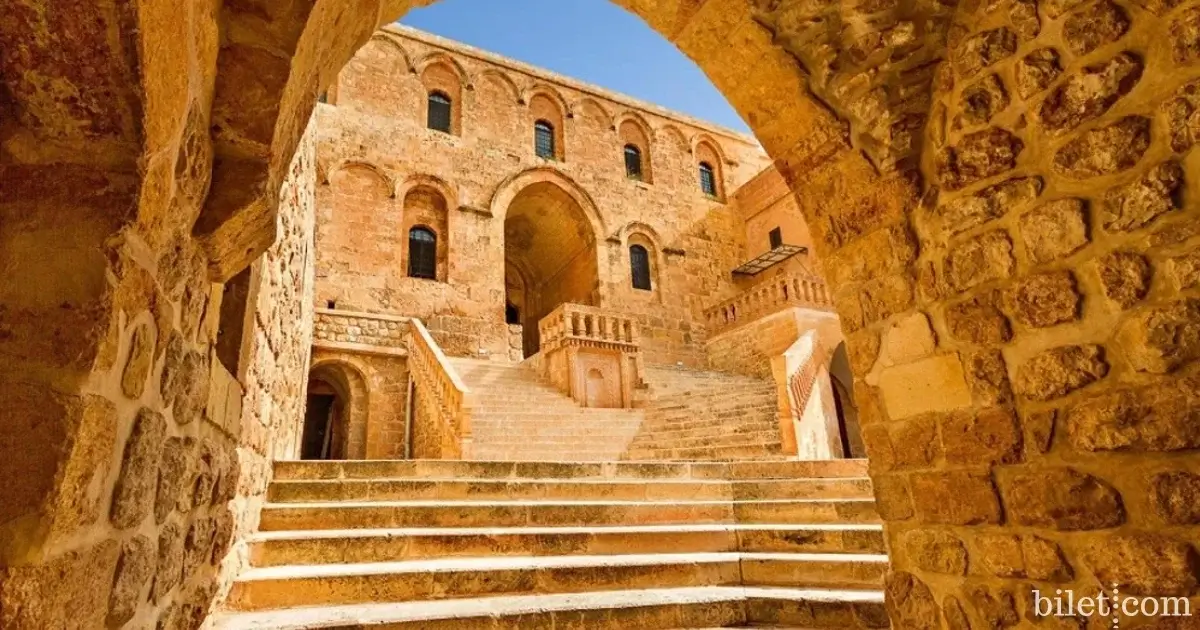
One of Mardin's most impressive religious structures, the Deyrulzafaran Monastery, built in the 5th century and one of the world's oldest Syriac Orthodox monasteries still in active use, stands out against the Mardin skyline with its yellow stone structure, courtyards, and domes.
The monastery is not only a place of worship but also a center of Assyrian culture and history. Walking through its courtyard, you can sense the ancient inscriptions carved into the stones, the frescoes inside the churches, and the monastery's mystical atmosphere. A visit here offers both a religious and cultural experience, a stop on your Mardin trip where history and spiritual tranquility intertwine.
Kasımiye Madrasa
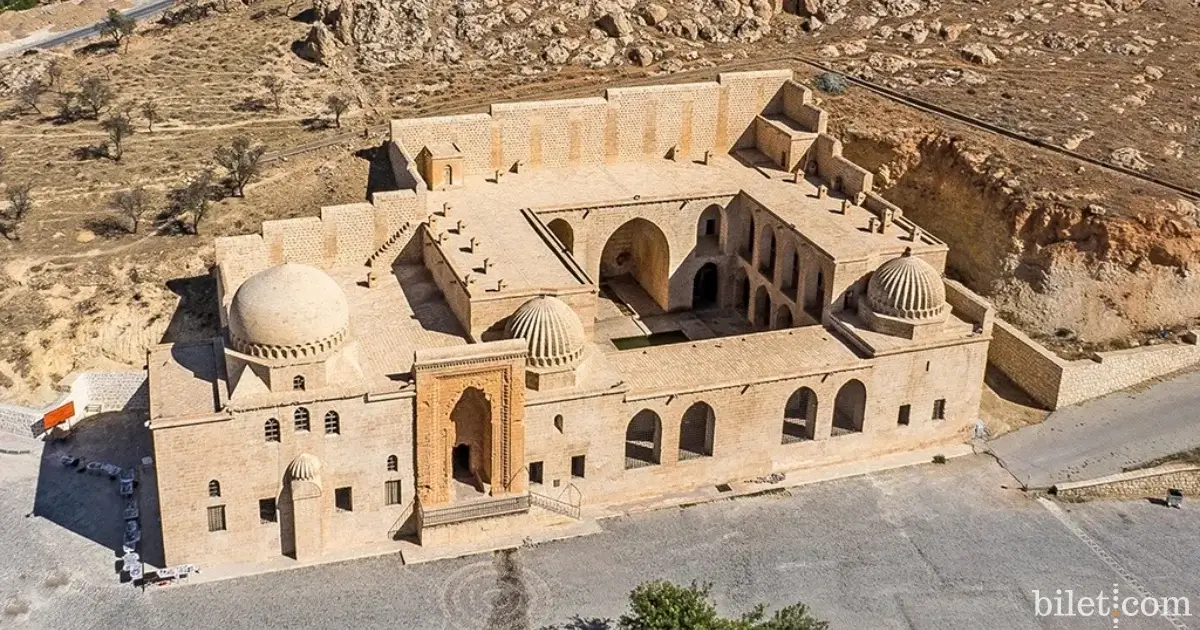
One of Mardin's most magnificent madrassas, the Kasımiye Madrassa, was built in the 15th century during the Artuqid and Akkoyunlu periods. With its high stone walls, large courtyard, and exquisite stonework, it stands out as one of Mardin's most impressive structures. The arches and domes in the courtyard, in particular, reveal the intricacies of the architecture.
The Kasımiye Madrasa is a structure used for both education and worship. Its history as a host to various madrassas and religious activities makes it a must-see during your Mardin visit. At sunset, the sun's rays hitting the rocks make the madrasa glow like a painting, creating an unforgettable atmosphere for visitors.
Church and Patriarchate of the Virgin Mary
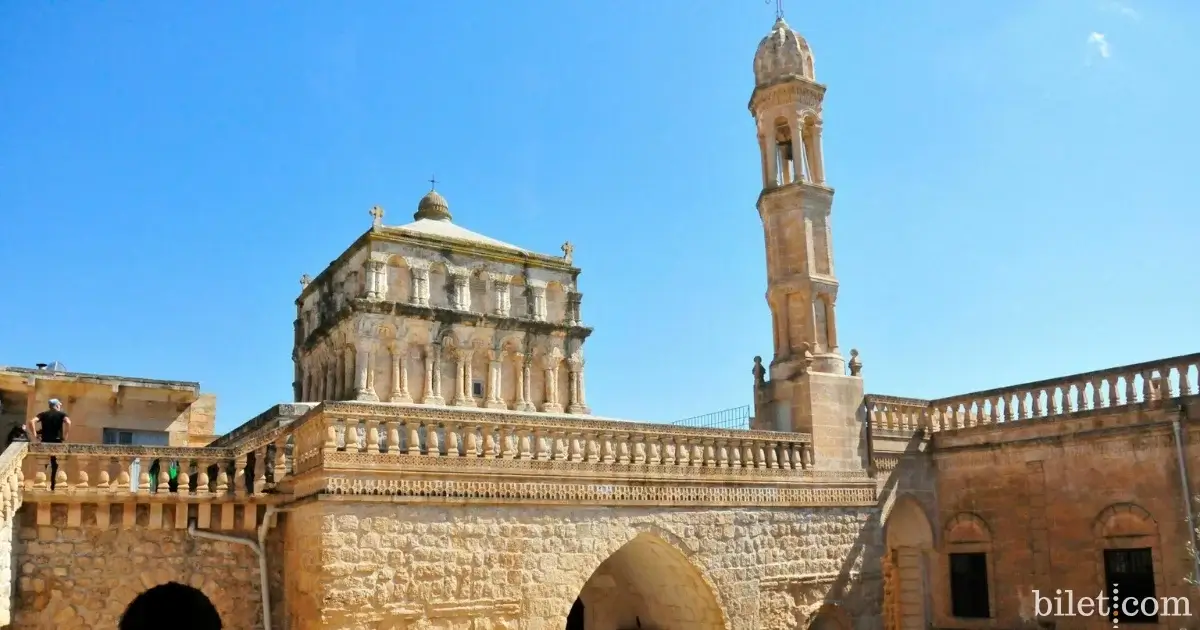
One of Mardin's most important Syriac churches, the Church of the Virgin Mary and Patriarchate, was built in the 4th century and currently serves as the headquarters of the Syriac Orthodox Patriarchate. Built of yellow stone, the structure boasts a simple yet impressive architecture, and its interior icons and frescoes are exquisite examples of Christian art.
The church holds both religious and cultural significance. The silence felt while strolling through its courtyard, the historical details seen in its interior, and the windows opening onto the Mardin skyline offer visitors a peaceful and historical experience. Visiting the Virgin Mary Church while exploring Mardin is one of the best ways to experience the city's multicultural past and religious diversity.
Latifiye Mosque
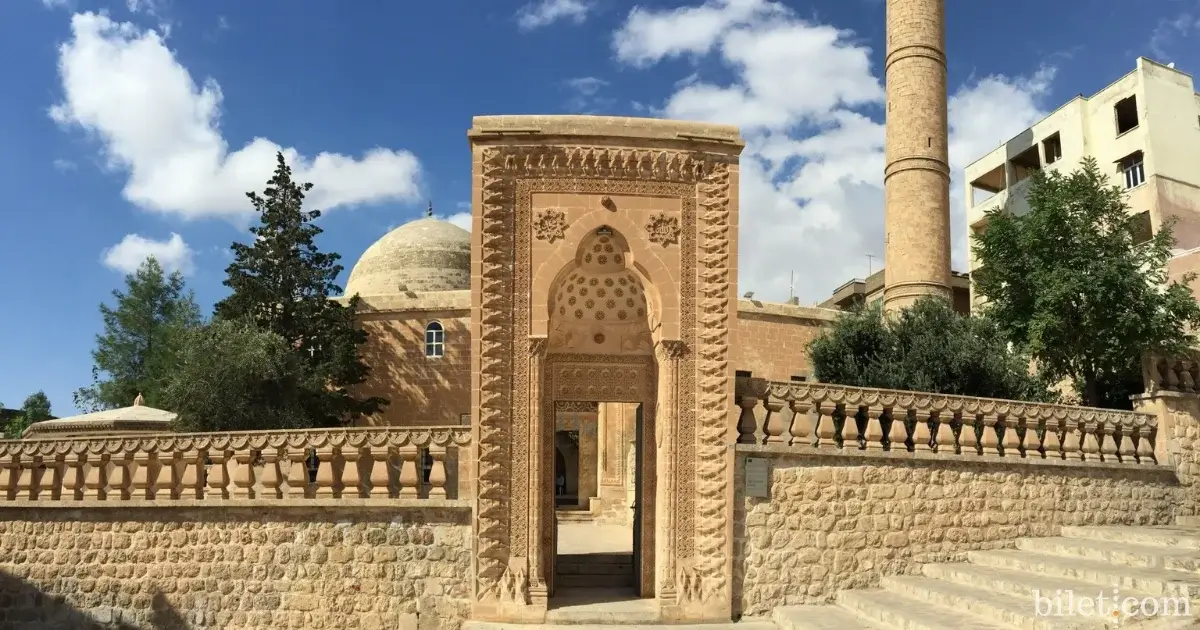
A key landmark in Mardin's historic, stone-built skyline, the Latifiye Mosque was built in the 15th century during the Akkoyunlu period. Reflecting the city's traditional stone architecture, the mosque stands out with its simple yet impressive stonework. Its minaret and courtyard were designed to blend in with the texture of Mardin's old city.
The Latifiye Mosque has long been a central location for both worship and social life in the city. As you stroll through the mosque's courtyard, the light and silence filtering through the stones evoke a sense of the peace of the past. For those exploring historical mosques, the Latifiye Mosque is a must-see during your visit to Mardin.
Shahtana Mansion
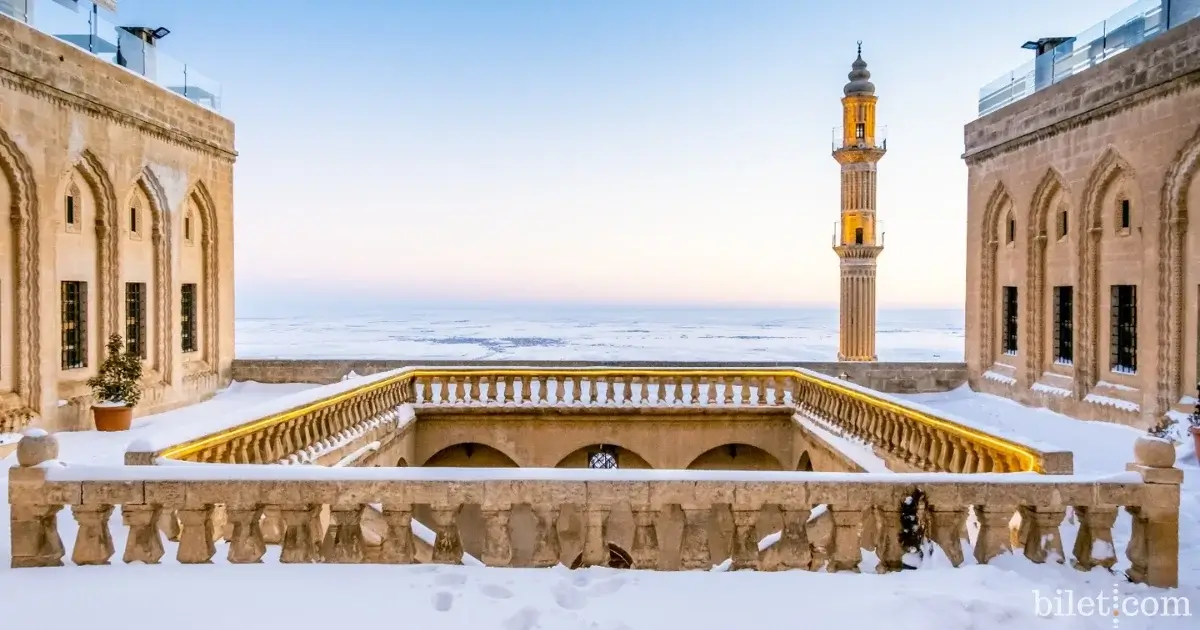
Located on Mardin's narrow streets, the Şahtana Mansion, built in the 19th century, is a rare example of the city's rich tradition of stone mansions. Built of yellow limestone, the mansion, with its carved stone ornaments, courtyard, and stone staircase, is like a time warp, bringing the past into the present.
The most captivating aspect of the mansion is the warm, welcoming atmosphere felt as you wander through it. Standing in its courtyard and watching the light filter through the stones is a step closer to Mardin's history-filled life. For photography enthusiasts in particular, every corner offers a unique scene, and Şahtana Mansion is a must-see during your Mardin trip.
Church of the Forty
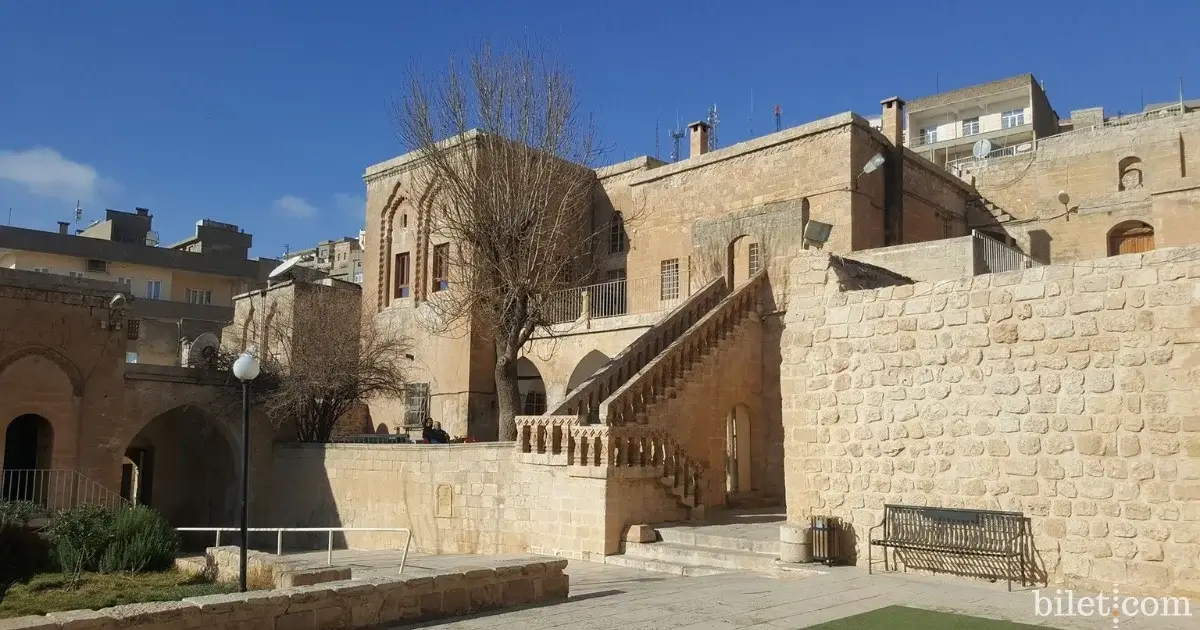
Standing like a hidden treasure within Mardin's historical fabric, the Church of the Forty, built in the 5th century, is known as one of the city's oldest Assyrian churches. Its yellow stone structure boasts a simple yet impressive architecture; its courtyard and stonework, in particular, transport visitors back in time.
The church holds both religious and cultural significance. The frescoes and stone details within its interior reveal the artistic sensibility of the period. As you enter the Kırklar Church among Mardin's narrow, cobblestone streets, you feel both the tranquility and the historical atmosphere. Visiting this church while exploring the city is a wonderful opportunity to experience Mardin's multilayered cultural heritage.
Midyat
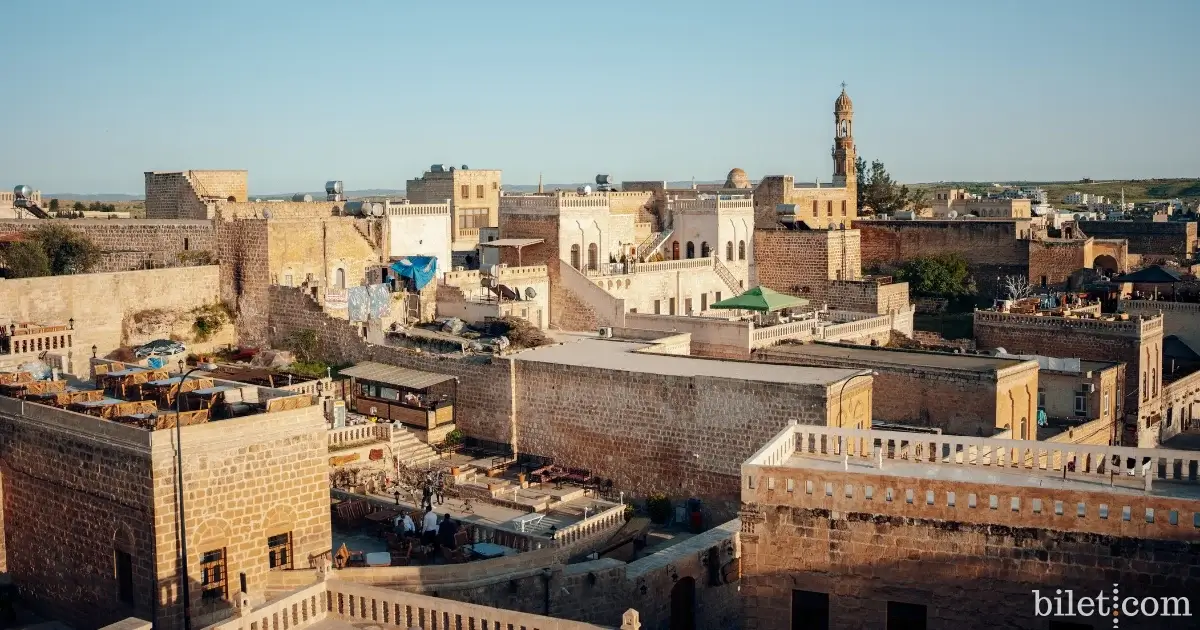
Midyat, one of Mardin's most unique districts, boasts a captivating atmosphere with its stone mansions, narrow streets, and traces of Syriac culture. Walking here feels like traveling back in time; the bougainvillea hanging between the stone houses, the stone staircases in the courtyards, and the small coffeehouses add a unique atmosphere to Midyat.
Midyat is renowned not only for its historical fabric but also for its filigree silverwork and Syriac monasteries. Structures like the Mor Gabriel Monastery and the Mor Barsavmo Church showcase both religious and cultural heritage. Furthermore, old caravanserais and venues like the Gelüşke Han are ideal for purchasing handmade souvenirs and local products. Midyat is a must-see destination for those seeking a blend of history, culture, and handicrafts.
